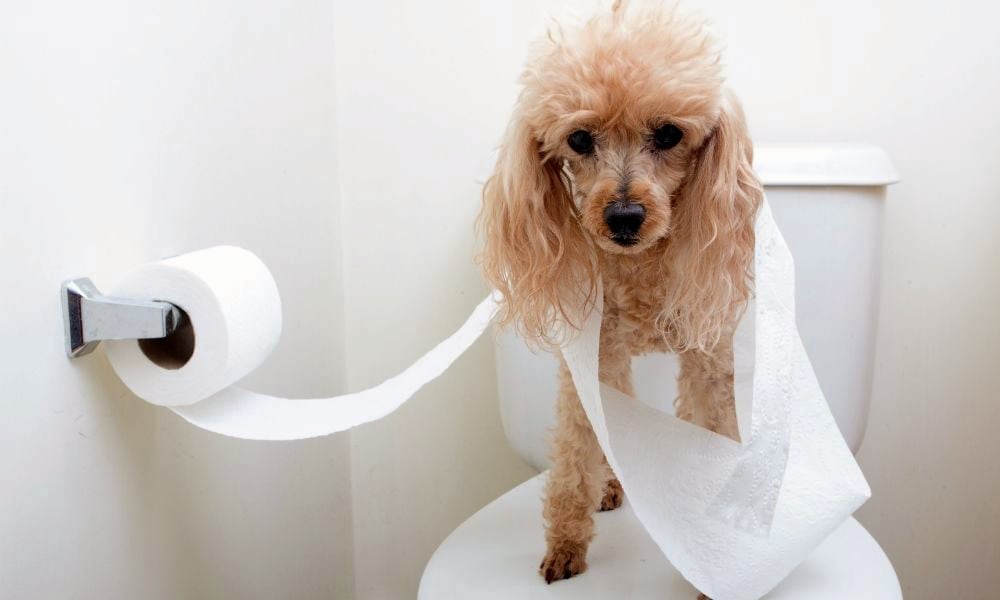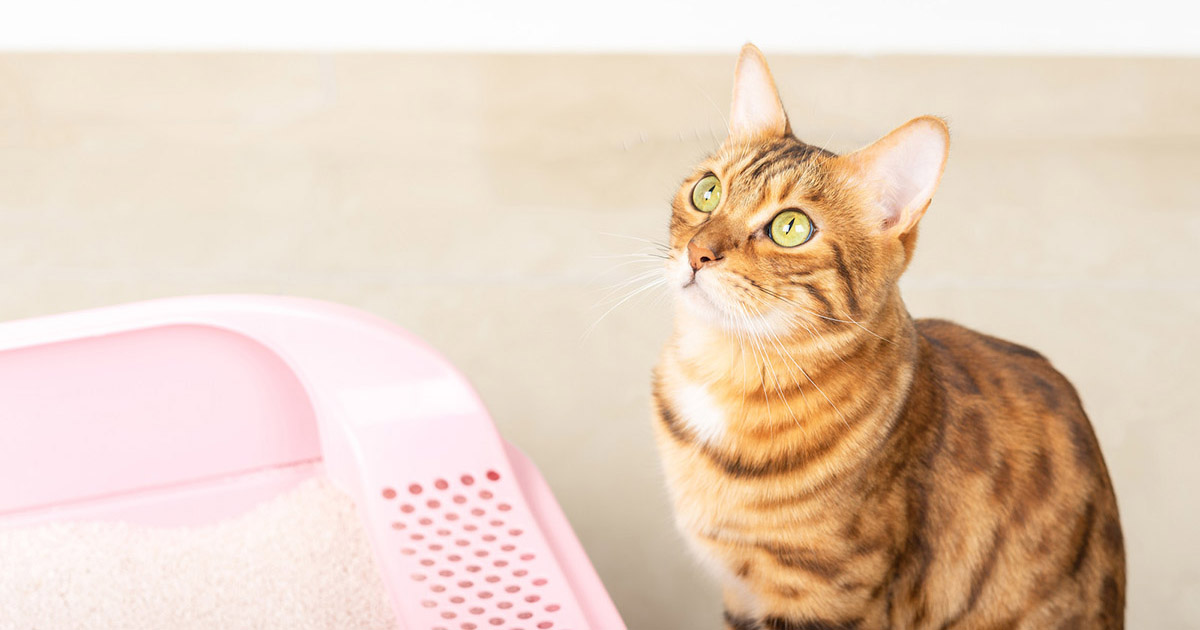Your Value of Proper Disposal of Animal Waste
Click HereAre you currently in search of advise around Should you flush animal waste down the toilet?

When it involves taking care of waste, particularly animal waste, many individuals often turn to the practical choice of flushing it down the bathroom. Nonetheless, this apparently easy option can have significant effects for the atmosphere and public health. In this post, we'll discover why flushing pet waste down the commode is a negative concept and give alternative methods for correct disposal.
Intro
Appropriate garbage disposal is essential for preserving environmental sustainability and public health. While it may seem harmless to purge animal waste down the toilet, it can cause numerous issues, both for the environment and human wellness.
Threats of flushing animal waste
Environmental influence
Purging pet waste introduces hazardous germs and virus right into waterways, which can adversely affect aquatic ecological communities. These pathogens can pollute water sources and damage aquatic life, interfering with delicate communities.
Public health problems
Animal waste has dangerous bacteria such as E. coli and Salmonella, which can present significant wellness threats to humans. Flushing pet waste down the toilet can infect water supplies, causing the spread of diseases and infections.
Alternatives to flushing
Rather than purging animal waste down the bathroom, there are several alternate disposal approaches that are more eco-friendly and hygienic.
Composting
Composting animal waste is an environment-friendly way to throw away it. By composting, organic matter is broken down into nutrient-rich dirt, which can be utilized to fertilize yards and plants.
Landfill disposal
Throwing away pet waste in a landfill is one more choice. While not as eco-friendly as composting, it is a safer choice to flushing, as it stops the contamination of water resources.
Family pet garbage disposal systems
There are specific pet waste disposal systems available that safely and hygienically get rid of pet waste. These systems usually use enzymes to break down waste and eliminate odors.
Actions to proper pet waste disposal
To ensure correct disposal of pet waste, follow these actions:
Scooping and getting waste
Consistently scoop and bag pet waste making use of biodegradable bags. This avoids waste from infecting the atmosphere.
Utilizing designated waste bins
Dispose of bagged animal waste in marked waste containers, such as more info compost containers or garbage dump bins. Prevent flushing it down the commode at all prices.
Cleaning up litter boxes and pet locations consistently
Frequently clean litter boxes and pet dog locations to avoid the buildup of waste and microorganisms. Use pet-safe cleansing items to keep health.
Benefits of correct disposal techniques
Embracing correct disposal approaches for animal waste provides several benefits:
Minimized environmental pollution
Correct disposal methods minimize the threat of environmental pollution, securing waterways and ecological communities from contamination
Lessened threat of water contamination.
By preventing flushing pet waste down the commode, the risk of water contamination is considerably lowered, protecting public health.
Boosted cleanliness and health
Appropriate disposal approaches promote much better hygiene and health, producing a much safer environment for both human beings and animals.
Conclusion
Finally, flushing pet waste down the bathroom is dangerous to the environment and public health. By adopting alternate disposal methods and adhering to proper waste administration techniques, we can reduce the unfavorable impact of animal waste and contribute to a cleaner, much healthier planet.
What To Do With Dog Poo – The Do's And Don'ts Of Disposing Of Faeces
Dog poo bins
Some councils provide dedicated dog waste bins in popular dog-walking areas that can take dog poo that has been bagged but you can legally dispose of dog waste in any public litter bin, as long as it is securely bagged. This also applies to your wheelie bin at home.
Do not flush
Water companies do not recommend flushing dog faeces down the toilet because certain parasites can survive the water processing treatment and are potentially harmful to humans. You should also never consider flushing dog poo that has been bagged down the toilet as the bags will not break down and instead create severe blockages in the sewage system.
In the woods
The Forestry Commission promotes a ‘stick and flick’ method for dealing with waste in the woods. This means finding a stick and using it to flick any poo from off the path so that it is out of the way of other walkers. You could also bury it as long as it is not in an area where there might be livestock.
Livestock
Parasites found in dog poo can be transmitted to livestock if they inadvertently eat infected faeces that has been left on grazing land. This could result in the death of sheep or abortion in cattle so you should always make sure you pick up your dog’s waste in fields where livestock could be present.

Frequently clean litter boxes and pet dog locations to avoid the buildup of waste and microorganisms. Use pet-safe cleansing items to keep health.
Benefits of correct disposal techniques
Embracing correct disposal approaches for animal waste provides several benefits:
Minimized environmental pollution
Correct disposal methods minimize the threat of environmental pollution, securing waterways and ecological communities from contamination
Lessened threat of water contamination.
By preventing flushing pet waste down the commode, the risk of water contamination is considerably lowered, protecting public health.
Boosted cleanliness and health
Appropriate disposal approaches promote much better hygiene and health, producing a much safer environment for both human beings and animals.
Conclusion
Finally, flushing pet waste down the bathroom is dangerous to the environment and public health. By adopting alternate disposal methods and adhering to proper waste administration techniques, we can reduce the unfavorable impact of animal waste and contribute to a cleaner, much healthier planet.
What To Do With Dog Poo – The Do's And Don'ts Of Disposing Of Faeces
Dog poo bins
Some councils provide dedicated dog waste bins in popular dog-walking areas that can take dog poo that has been bagged but you can legally dispose of dog waste in any public litter bin, as long as it is securely bagged. This also applies to your wheelie bin at home.
Do not flush
Water companies do not recommend flushing dog faeces down the toilet because certain parasites can survive the water processing treatment and are potentially harmful to humans. You should also never consider flushing dog poo that has been bagged down the toilet as the bags will not break down and instead create severe blockages in the sewage system.
In the woods
The Forestry Commission promotes a ‘stick and flick’ method for dealing with waste in the woods. This means finding a stick and using it to flick any poo from off the path so that it is out of the way of other walkers. You could also bury it as long as it is not in an area where there might be livestock.
Livestock
Parasites found in dog poo can be transmitted to livestock if they inadvertently eat infected faeces that has been left on grazing land. This could result in the death of sheep or abortion in cattle so you should always make sure you pick up your dog’s waste in fields where livestock could be present.

I ran across that article about Why you should never flush dog poop down the toilet when doing a lookup on the internet. Sharing is good. Helping others is fun. Many thanks for your time. Revisit us soon.
Get A Free Quote